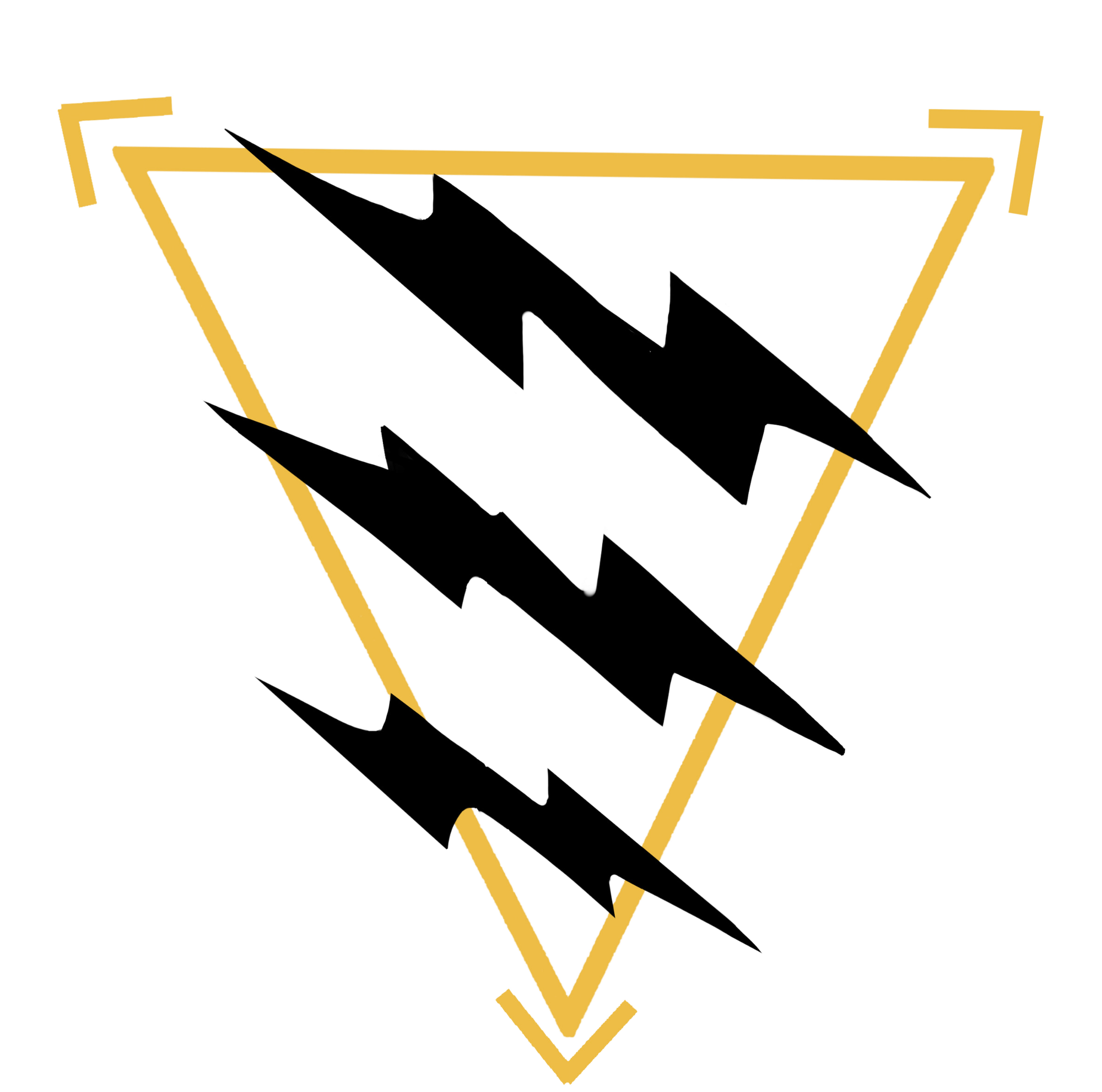🔥 SPECIAL EDITION: Civil Unrest Preparedness — Part 1

Trauma Medicine in Times of Chaos
“When EMS won’t come—or is overwhelmed—YOU are the medic.”
It’s June 2025, and once again, civil unrest is gripping parts of the country with the potential to spill into our communities. At Sentinel Combatives, we take the position that it’s better to be over-prepared than under-prepared.
This 4-part series is designed to provide potentially life-saving information during uncertain and volatile times. We are not medical doctors or attorneys—consult a licensed professional for specific questions about scope of practice or legal liability in your area. Also, we do not recommend seeking out or confronting violent actors outside what is necessary to implement your family safety plan.
Why Medical Preparedness Matters in Civil Unrest
- Emergency services may be delayed or unavailable
- Riots often result in blunt trauma, penetrating injuries, or gunfire
- You may be trapped, cut off, or forced to shelter in place for hours—or longer
Having the right gear, mindset, and skills means you don’t just hope help is coming—you become the help.
Top 3 Injuries You May Encounter
- Massive Bleeding – From glass, gunfire, or blunt trauma
- Penetrating Wounds – Knife or bullet wounds
- Blunt Force Trauma – Projectiles, beatings, or vehicle-related injuries
What’s in an Individual First Aid Kit?
Your trauma kit should be compact, carryable, and optimized for immediate response. Here’s what every civilian should include:
Bleeding Control Essentials
- Hemostatic gauze – QuikClot or Celox preferred
- Chest seals – For sucking chest wounds
- Nitrile gloves – Personal protection when assisting others
- Trauma shears – For cutting clothing or seatbelts
- Emergency rescue blanket – Prevents hypothermia in trauma cases
- Nasopharyngeal airway (NPA) – Keeps airways open in unconscious patients
Tourniquet – CAT or SOFT-T-W (North American Rescue recommended)
❗ Avoid cheap knockoff tourniquets from Amazon—they frequently fail at the windlass under real pressure.
➕ Bonus Adds
- Eye shield
- Permanent marker – For recording tourniquet time
- Duct tape or Gorilla Tape – Field repairs, splinting, wound sealing
Know the MARCH Protocol
This simple, tactical trauma framework guides your response when minutes matter:
- M – Massive Hemorrhage: Stop all life-threatening bleeding
- A – Airway: Maintain a clear, open airway
- R – Respiration: Treat chest wounds and support breathing
- C – Circulation: Monitor and treat for shock
- H – Head Injury / Hypothermia: Protect the brain, prevent heat loss
You don’t need a medical license—you need to act decisively and deliberately.
Quick Rules of Riot Medicine
- Do not wait to apply a tourniquet—early use is life-saving
- Do not use belts, shoelaces, or makeshift straps—they don’t work
- Do not move a severely injured person unless absolutely necessary
- Do speak calmly and clearly—panic spreads faster than fire
- Do carry medical gear on your person, in your vehicle, and in your home
🔜 Coming Next:
👉 Part 2 – Area Study & Pattern Recognition:
Learn how to read your terrain, monitor risk indicators, and plan smarter routes through your local environment.
Sentinel Combatives
Train with us. Prepare for reality. Protect your family.
📧 Contact: jerry@sentinelcombatives.com
📞 Phone: 828-415-0826





